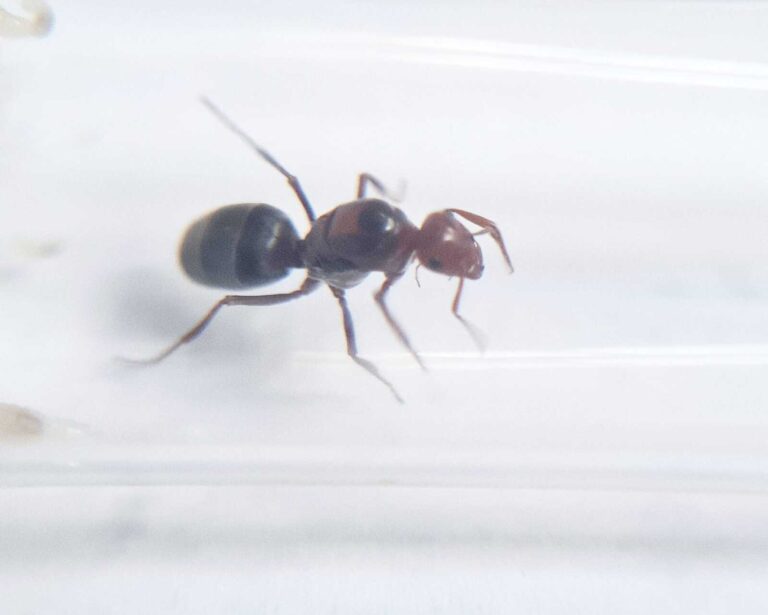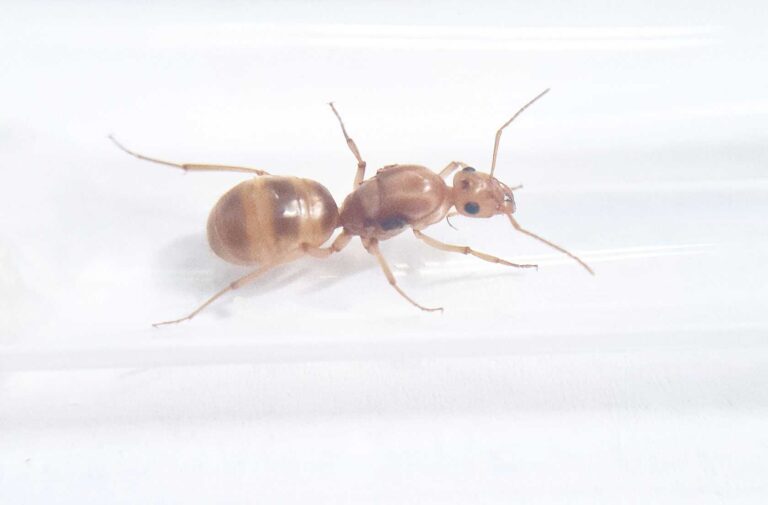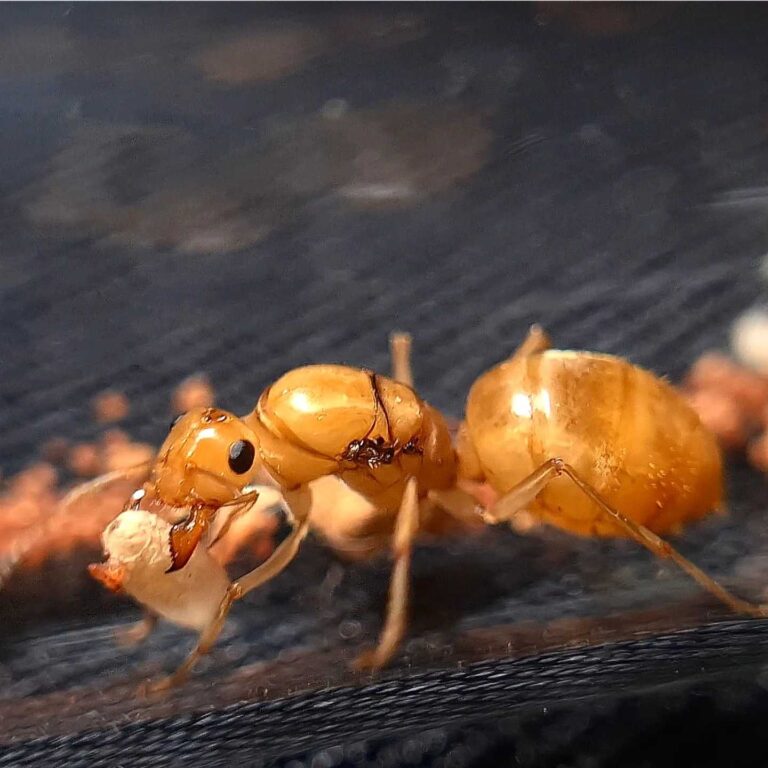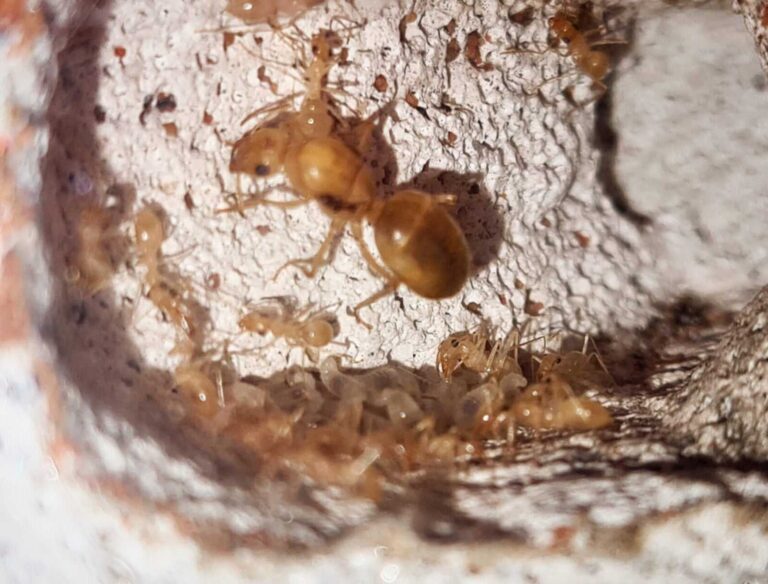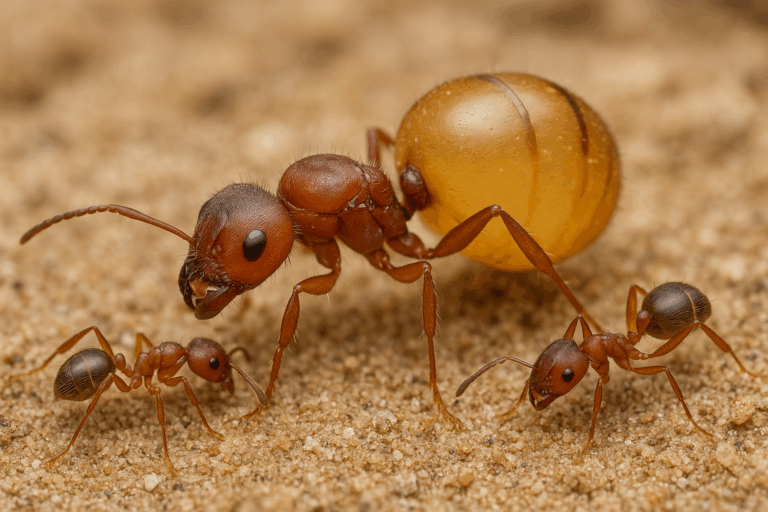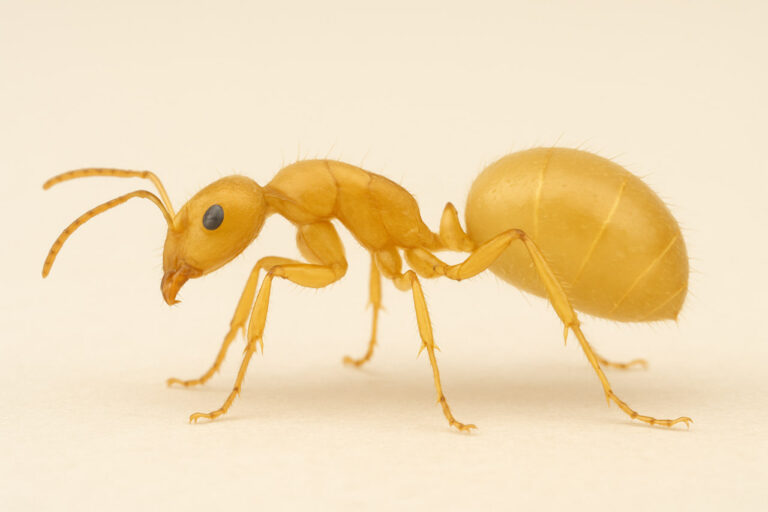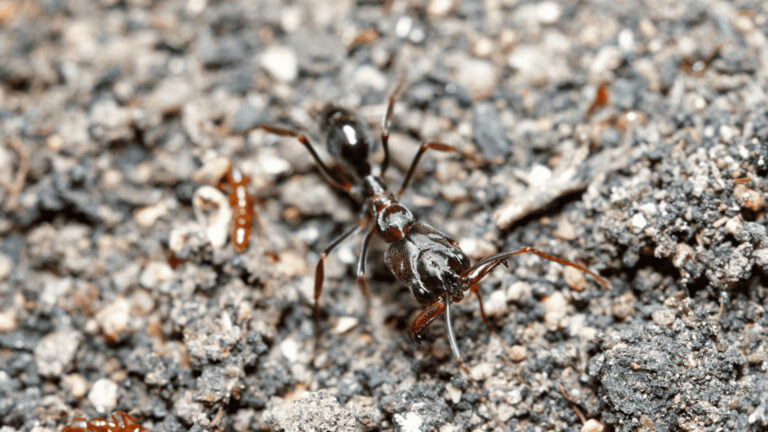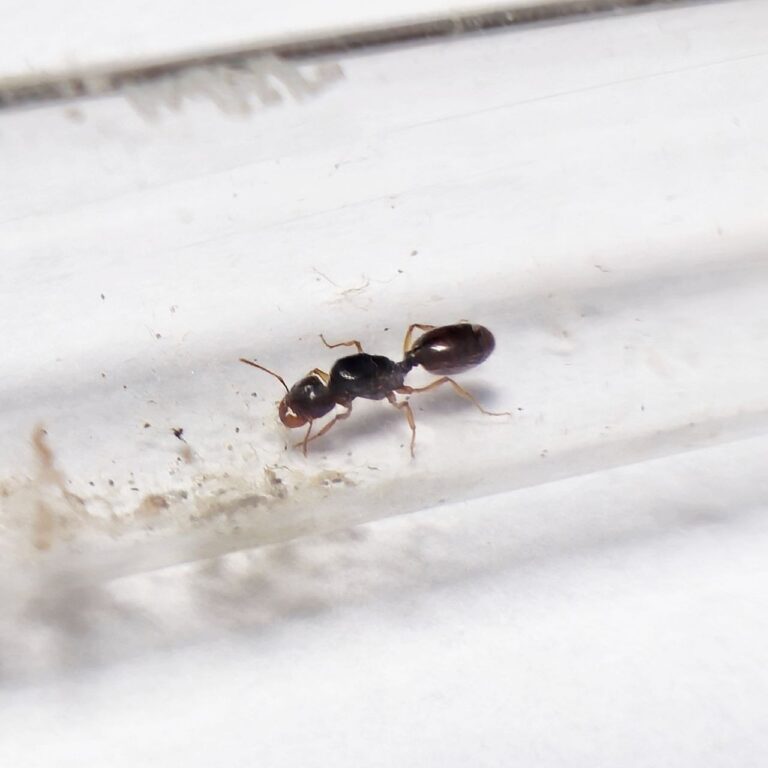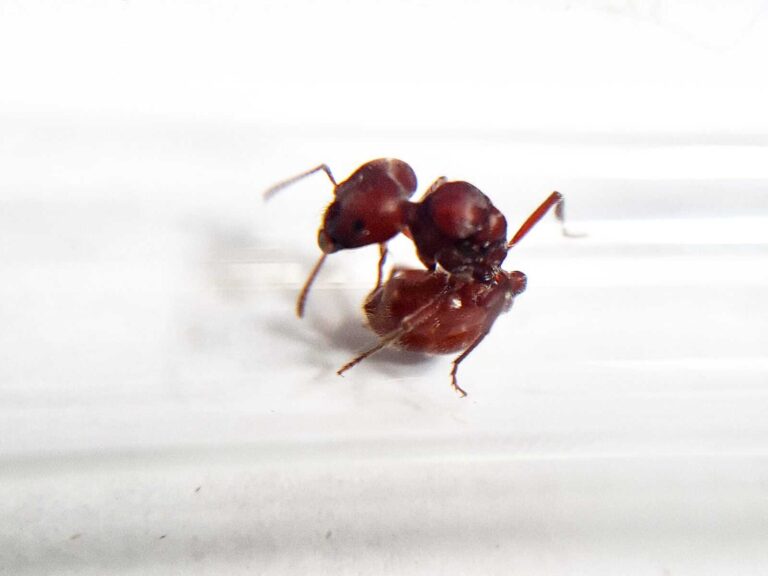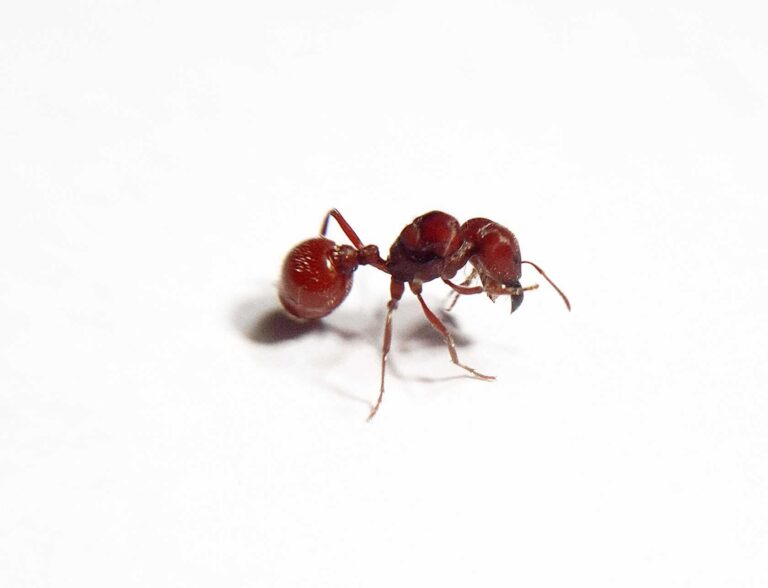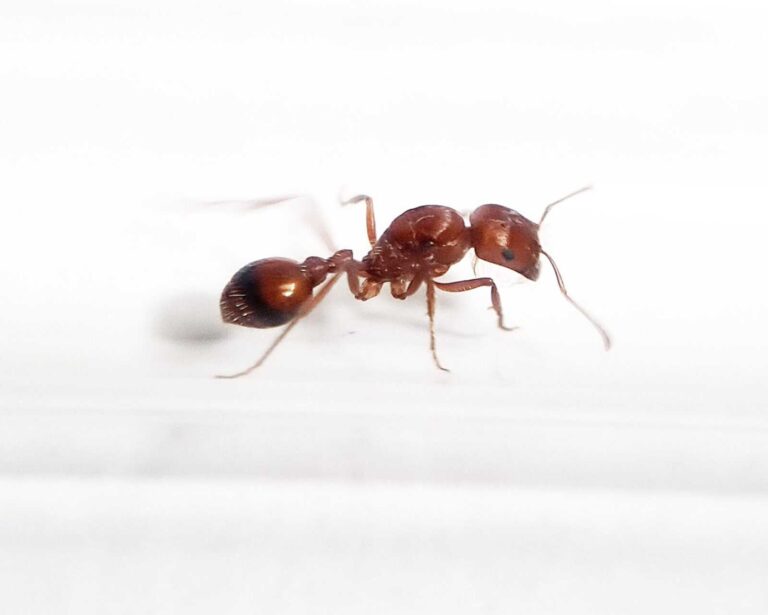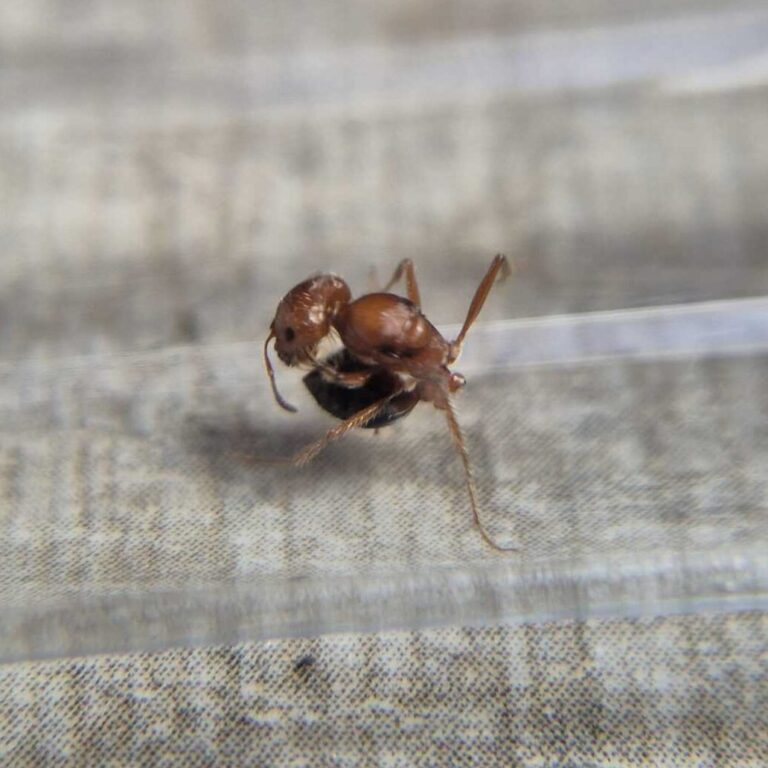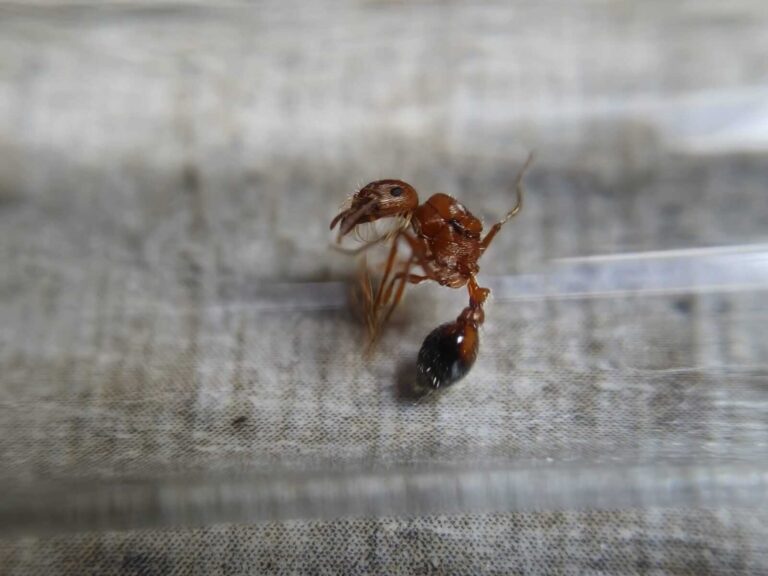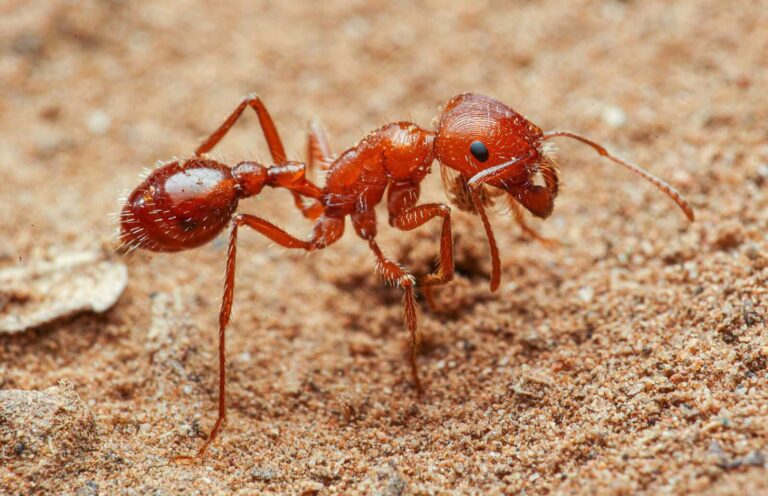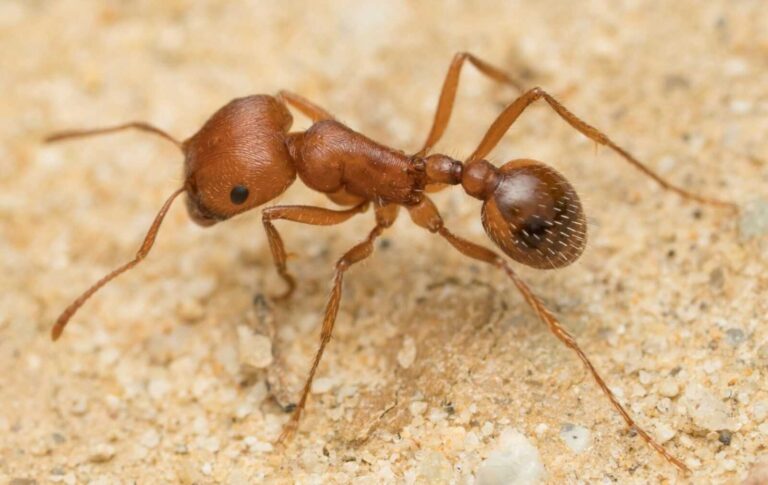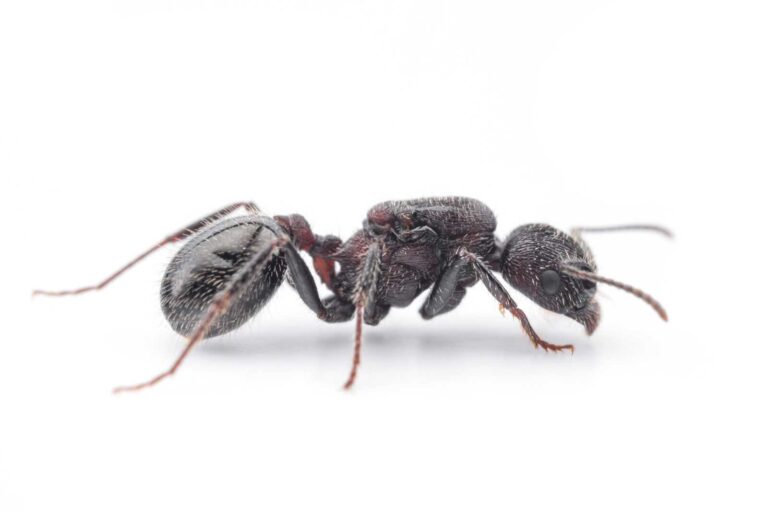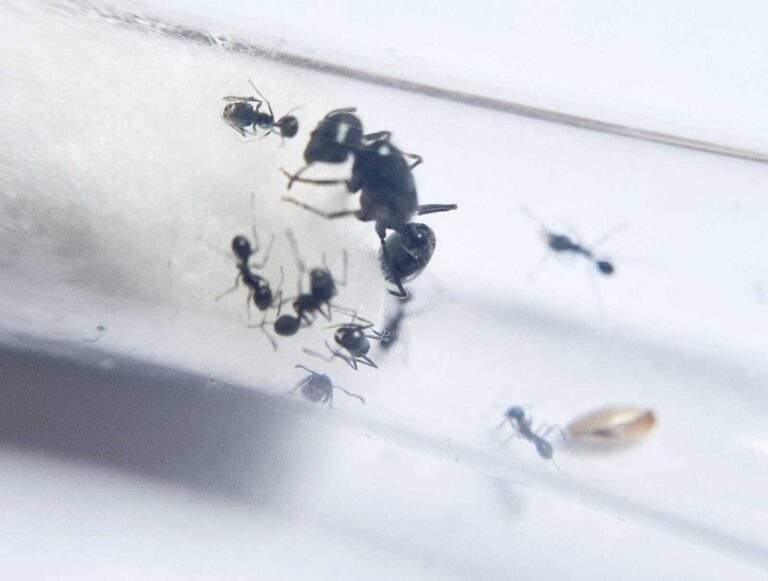Showing 21–34 of 34 results
- Queen 32
- Queen and 1-50 workers 2
- Queen and 1-3 workers 32
- Queen and 4-10 workers 31
- Queen and 11-20 workers 31
- Queen and 21-40 workers 31
- Queen and 41-60 workers 31
- Queen and 61-100 workers 20
- Queen and 51-100 workers 2
- Queen and 101-200 workers 4
- Queen and 201-500 workers 3
- Queen and 501-1000 workers 1
- 2 Queens 1
- 2 Queens and 1-50 workers 2
- 2 Queens and 1-3 workers 1
- 2 Queens and 4-10 workers 1
- 2 Queens and 11-20 workers 1
- 2 Queen and 21-40 workers 1
- 2 Queens and 41-60 workers 1
- 2 Queens and 101-200 workers 3
- 2 Queens and 51-100 workers 2
- 2 Queens and 201-500 workers 3
- 2 Queens and 501-1000 workers 1
- 3 Queens 1
- 3 Queens and 1-50 workers 2
- 3 Queens and 1-3 workers 1
- 3 Queens and 4-10 workers 1
- 3 Queens and 11-20 workers 1
- 3 Queens and 21-40 workers 1
- 3 Queens and 41-60 workers 1
- 3 Queens and 61-100 workers 1
- 3 Queens and 51-100 workers 2
- 3 Queens and 101-200 workers 3
- 3 Queens and 201-500 workers 3
The Myrmecocystus mendax ant colony is polygynous, with a colony size of 10,000 workers. They have a medium development rate and range in size from 10-12mm for queens and 4-8mm for workers. They are reddish in color with a black back. They feed on food insects, fruits, vegetables. The recommended humidity for their arena is 40-60% and for their nest is 50-70%.
Myrmecocystus mexicanus is a species of ant that forms monogynous colonies with a size of 10,000 workers. They have a medium development rate and the queen is 14-16 mm in size while workers are 5-10 mm. The ants are orange-yellow in color and their nutrition consists of food insects, fruits, vegetables, and seeds. They require a humidity level of 40-60% in both the arena and nest, and the temperature in the arena should be maintained accordingly.
Myrmecocystus navajo is a monogynous ant species with a colony size of 10,000 individuals. They have a medium development rate and their queen is 11-12mm in size while workers are 4-8 mm. They are yellow in color and their nutrition consists of food insects, fruit, vegetables, and syrup. The humidity levels for their arena and nest should be maintained between 40-50% and 50-70% respectively, while the recommended temperature for their arena is 24-30 degrees Celsius.
Myrmecocystus romainei is a rare, monogynous ant species native to arid regions of the southwestern United States. It is notable for its honey pot workers (repletes) that store liquid food in their swollen gasters. The queen measures around 11–12 mm, and workers range from 4–8 mm. This species typically shows a reddish to tan coloration, with a darker gaster. Like other Myrmecocystus, it thrives in warm, dry environments and has a medium development rate.
Myrmecocystus testaceus is a monogynous ant species with a medium development rate. Queens typically measure 11–12 mm, and workers range from 4–8 mm. This species is distinguished by its lighter, yellowish to orange-tan coloration (hence the name testaceus), often with a contrasting darker gaster. Like other Myrmecocystus species, it features honey pot workers (repletes) that store liquid food in their distended abdomens.
The Odontomachus bauri ant species is a polygynous colony with a size of up to 500 workers. They have a medium development speed and the queen and workers range from 10-12 mm and 10-11 mm in size respectively. The ants are brown in color with golden to reddish brown legs. Their diet consists of food insects and sweet fruit. They require a humidity level of 50-70% in both the arena and nest, and the temperature should be comfortable for their survival.
Pheidole barbata is a dimorphic, structured ant species with distinct soldier and worker castes. Fast-growing and highly organized, it’s a great choice for keepers interested in visible caste roles and dynamic colony behavior. Low-maintenance and tropical — ideal for intermediate hobbyists seeking variety without excessive complexity.
Pogonomyrmex badius is a species of ants that form monogynous colonies with up to 10,000 individuals. They have a medium development rate and the queen measures 12-14 mm while workers measure 6-10 mm. The ants are red-brown in color and feed on food insects and seeds. They require a humidity level of 40-60% in the arena and 50-60% in the nest.
Pogonomyrmex bicolor is a monogynous ant species with colony sizes of up to 10,000 individuals. They have a medium development rate and their queen measures 9-11 mm while workers measure 5-8 mm. They are red-brown in color and their diet consists of food insects and seeds. They require a humidity level of 40-60% in the arena and 50-60% in the nest.
Pogonomyrmex subnitidus is an intriguing ant species with a strong sting and large colonies. This article will provide information on their colony type, size, development speed, color, nutrition, humidity, and temperature preferences. Consider keeping them as an extraordinary pet.
Pogonomyrmex maricopa is a monogynous ant species with colony sizes of up to 20 thousand individuals. They have a medium development rate and the queen measures 11-12 mm while workers measure 5-9 mm. They are red-brown in color and feed on food insects and seeds. They require humidity levels of 60-80% in the arena and 70-90% in the nest.
Pogonomyrmex subnitidus is a species of ant that has a polygynous colony structure with up to 10-15 thousand individuals. They have a medium development speed and the queen and workers have different sizes. They are dark orange in color and feed on food insects and seeds. The humidity and temperature requirements for their habitat are specified as well.
Veromessor andrei is a monogynous ant species with a colony size of up to 5000 workers. They have a medium development rate and range in size from 9-11 mm for the queen and 3.5-8 mm for the workers. They are black or black-brown in color and their diet consists of food insects, syrup, and fruits. The recommended humidity levels for their arena and nests are 30-50% and 50%, respectively.
Veromessor pergandei is a monogynous ant species with colony sizes of up to 5000 workers. The development rate of the colony is medium. The size of the queen is 12-16mm and workers are 10-12mm. The ants have a black head and belly, with an orange-red to dark red chest. Their nutrition consists of food insects, syrup, and fruits.



